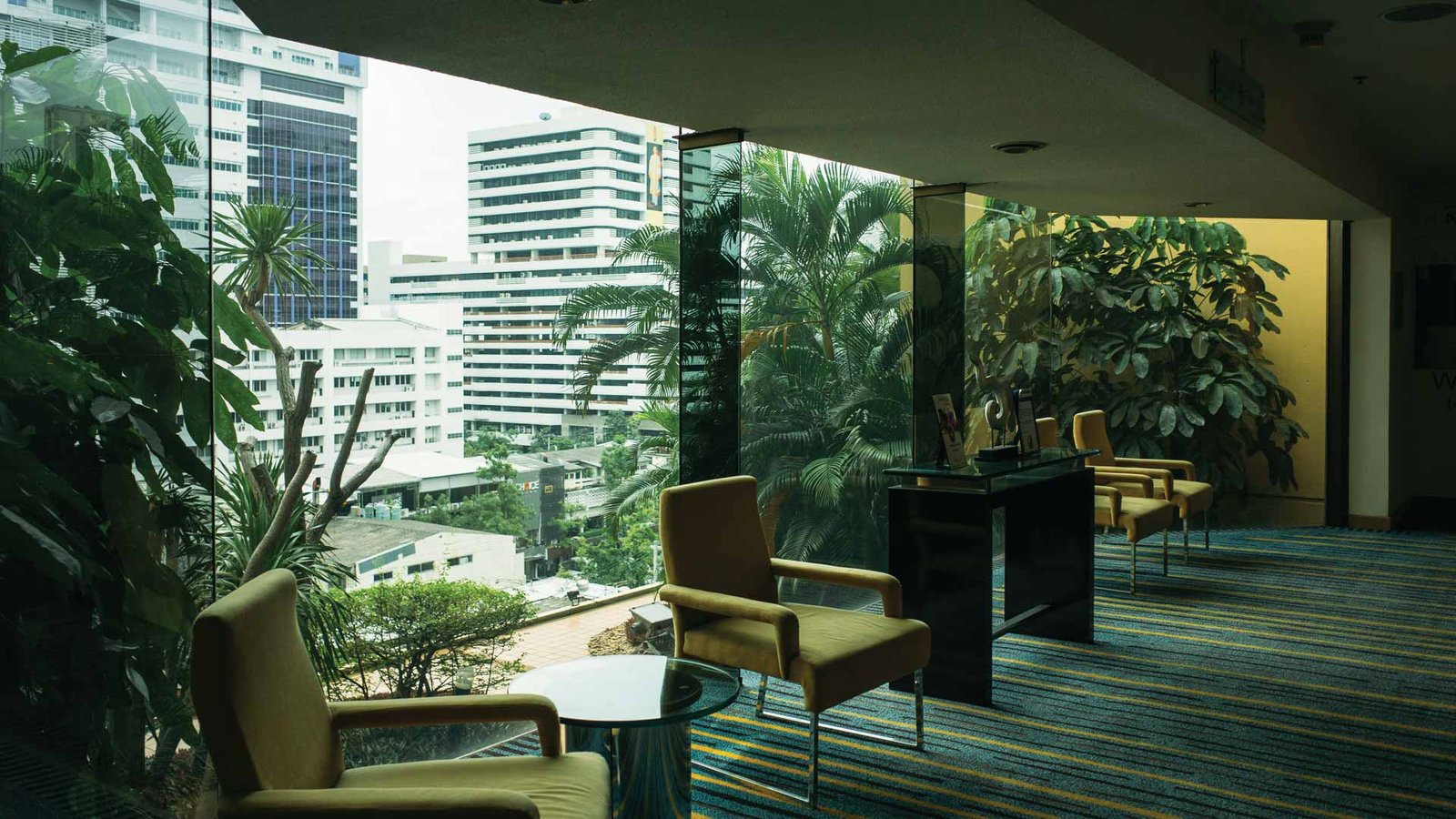Explore the top 5 commercial interior design trends for 2025, from sustainable materials to smart spaces. Stay updated on the latest workplace innovations.
2025 will definitely change commercial interior design, allowing architects to work on new trends that blend functionality, creativity, and sustainability. This shift in design reflects a move toward employee well-being, customer experience, and innovative uses of space. Even the materials used in constructing the interior will have a greater environmental impact, and energy efficiency is becoming a standard expectation.
This shift in design reflects a move toward employee well-being, customer experience, and innovative uses of space.
In today’s article, we will investigate the top five commercial interior design trends that you can incorporate into your workspaces and commercial environments.
Table of Contents:
1. Eco-Friendly and Sustainable Design
2. Technologically Aligned Interiors
3. Wellness-Centric Designs
4. Collaborative and Social Spaces
5. Cultural and Local Influences
1. Eco-Friendly and Sustainable Design
This time sustainable commercial interior design is taking center stage as businesses and consumers are becoming more nature-minded. By simply incorporating greenery and sustainable material through your biophilic design elements, you will not just contribute to the environment but also improve the indoor air quality and overall well-being of employees and customers.
2. Technologically Aligned Interiors
By combining touchless technologies, interactive displays, and smart workplaces, technology is also helping to reshape business environments in 2025. You can add motion sensors that will change the temperature and air quality and smart light systems that will react to natural light. Virtual reality (VR) and augmented reality (AR) let customers engage with your goods and services in immersive ways.
3. Wellness-Centric Designs
Since businesses are increasingly emphasizing employee wellbeing, a small change in commercial interior design may help create environments that support both employees’ mental and physical health. Implement elements like using natural light, soundproofing, and providing spaces for physical activity, such as gyms or yoga rooms, to further add a layer of wellness-driven design trends.
4. Collaborative and Social Spaces
As businesses are looking for hybrid workspaces, commercial places are looking for collaborative areas where employees can brainstorm, share ideas, and build connections. Additionally, open workstations, especially comfortable lounges, coffee bars, and even spaces designed for informal socializing. These settings will help in cross-team collaboration, strengthen relationships, and improve overall productivity.
5. Cultural and Local Influences
Commercial interiors should also represent local culture and regional characteristics, which are helping businesses become more worldwide. This effort to respect regional customs, artwork, and history may provide the brand with a feeling of genuineness. Nowadays, companies will try to provide a distinctive, locally inspired experience for both their staff and clients, regardless of whether they wish to use local materials, highlight local artists, or include cultural design aspects.
This year commercial interior design is transforming with an assortment of creativity, art, and practicality. Architects can add high-tech aesthetics, antique classics, biophilic design, and maximalism are some commercial interior design trends that represent the passions of offices across the globe.
Discover the latest trends and insights—explore the Business Insights Journal for up-to-date strategies and industry breakthroughs!

